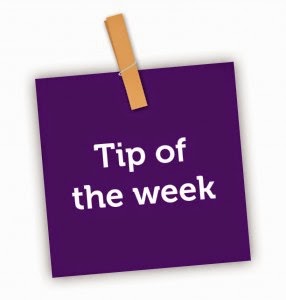TIP of the WEEK: Sensory Tools
Many of my weekly column readers write in asking what sensory tools work best with PWS individuals. There is no easy answer because it is specific to each individual’s preference. It also depends on what behavior one is trying to decrease. That being said, here are some ideas for sensory tools and activities that have had great results for different needs:
For the person who picks―all tactile tools including stress balls, sand and water tables, silly putty, bubble wrap, chewlery (these are bracelets and necklaces that are designed to be chewed on), strips of material to shred and therabands. All of these also work well for decreasing agitation and increasing focus.
For daytime fatigue―therabands used under feet so the individuals can bounce; scents that are strong such as citrus or patchouli; and all activities that involve bouncing, jumping or climbing.
Reducing agitation―all activities that require using muscles in a positive way such as lifting objects (not too heavy), sucking thick liquid through a straw, stretching, blowing bubbles or jumping.
Preparing for transitions―counting, coloring, tapping or clapping to a rhythm or rocking.
Winding down―calming scents such as lavender or sandalwood, deep breathing, a warm bath or hand soaks.
It is always recommended to consult an occupational therapist before starting a sensory program. After a consult, you can experiment on what works best for your child. A rich array of sensory techniques can ease many of the typical behaviors seen in PWS as you and your child master long-term coping skills.
Patrice Carroll
Manager of PWS Services

